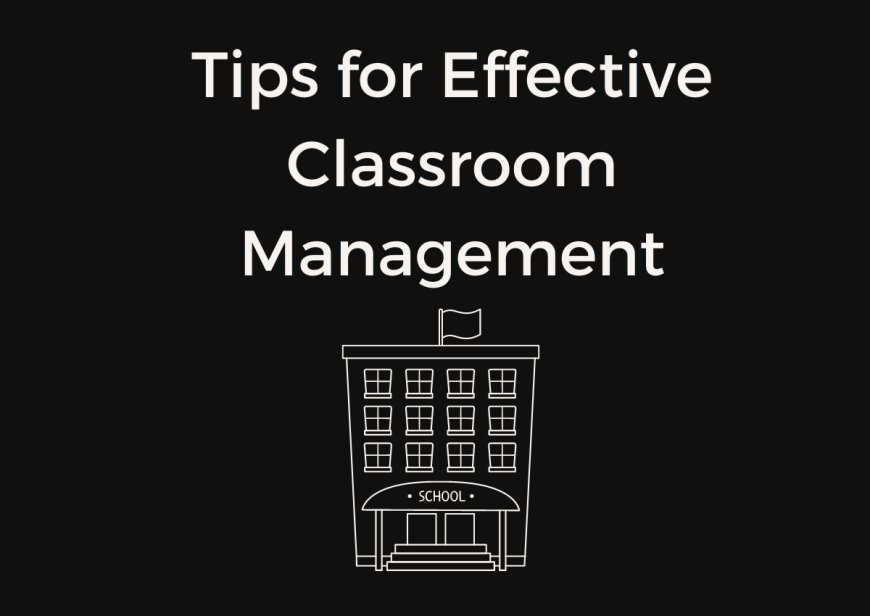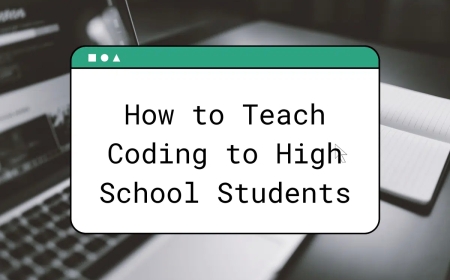10 Classroom Management Tips for a Positive Environment
Aug 28, 2024 - 12:10

In the bustling world of education, teachers play a crucial role in shaping the minds of the future.
Proactive classroom management is the key to creating a positive and conducive learning environment. As we delve into the realm of effective teaching, here are 10 practical tips that educators can implement to foster a harmonious and productive classroom setting.Establish Clear Expectations:
Setting clear and consistent expectations from the beginning helps students understand what is required of them. This reduces ambiguity and lays the foundation for a structured learning atmosphere.
Build Positive Relationships:
Creating strong connections with students can go a long way in preventing potential disruptions. A supportive teacher-student relationship fosters trust and encourages open communication.Interactive Teaching Methods:
Engage students through interactive and dynamic teaching methods. Incorporate activities that stimulate their interest, making learning an enjoyable experience rather than a chore.Use Positive Reinforcement:
Acknowledge and reward good behavior promptly. Positive reinforcement serves as a powerful motivator, encouraging students to continue displaying desired conduct.Implement Consistent Consequences:- Classroom Management Tips
Establishing consistent consequences for misbehavior ensures fairness and predictability. Students will be more likely to adhere to rules when consequences are clear and consistently enforced.Create a Well-Organized Environment:
A well-organized classroom minimizes distractions and promotes focus. Clearly labeled materials and a tidy physical space contribute to a conducive learning environment.Varied Instructional Strategies:
Recognize that students have different learning styles. Incorporate varied instructional strategies to cater to diverse needs, keeping all students engaged and motivated.Regular Communication with Parents:- Classroom Management Tips
Maintain open lines of communication with parents to keep them informed about their child's progress and behavior. This collaboration ensures a unified approach to addressing any concerns.Proactive Problem-Solving:
Anticipate potential issues and address them proactively. Having strategies in place to manage challenges before they escalate contributes to a more smoothly run classroom.Encourage Student Responsibility:
Foster a sense of responsibility among students by involving them in decision-making processes and classroom responsibilities. Empowering students promotes a shared ownership of the learning environment. In conclusion, proactive classroom management is an ongoing process that requires dedication and adaptability. By implementing these 10 tips, educators can create a positive and thriving classroom atmosphere conducive to both teaching and learning.Follows Us for More Updates
Like Us on Facebook Page : Click Here
Like Us on Instagram : Click Here




























